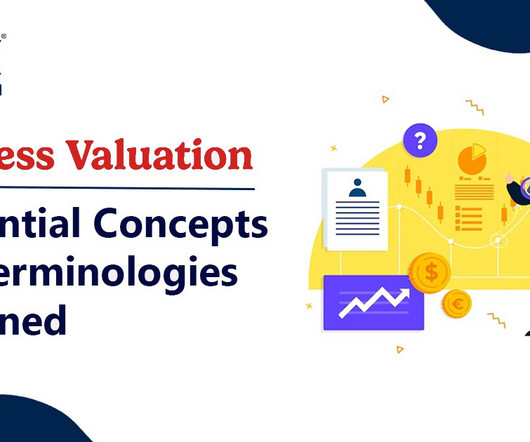Business Valuation 7: Essential Concepts and Terminologies Explained
RNC
JULY 13, 2023
This approach utilizes valuation multiples, such as price-to-earnings (P/E) ratio, price-to-sales (P/S) ratio, or enterprise value-to-EBITDA (EV/EBITDA) ratio, to estimate the value of the business. EBITDA: EBITDA stands for Earnings before Interest, Taxes, Depreciation, and Amortization.












Let's personalize your content